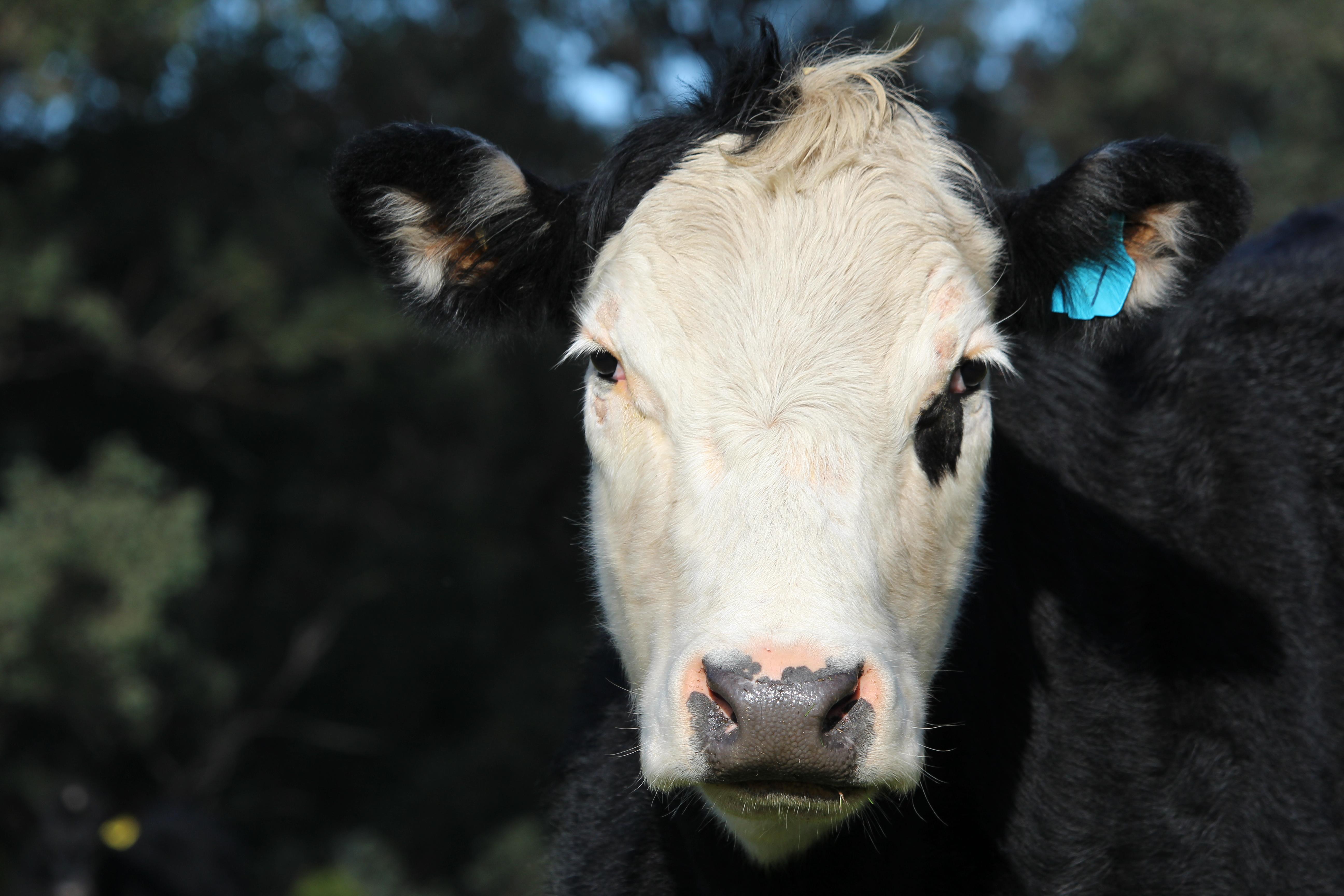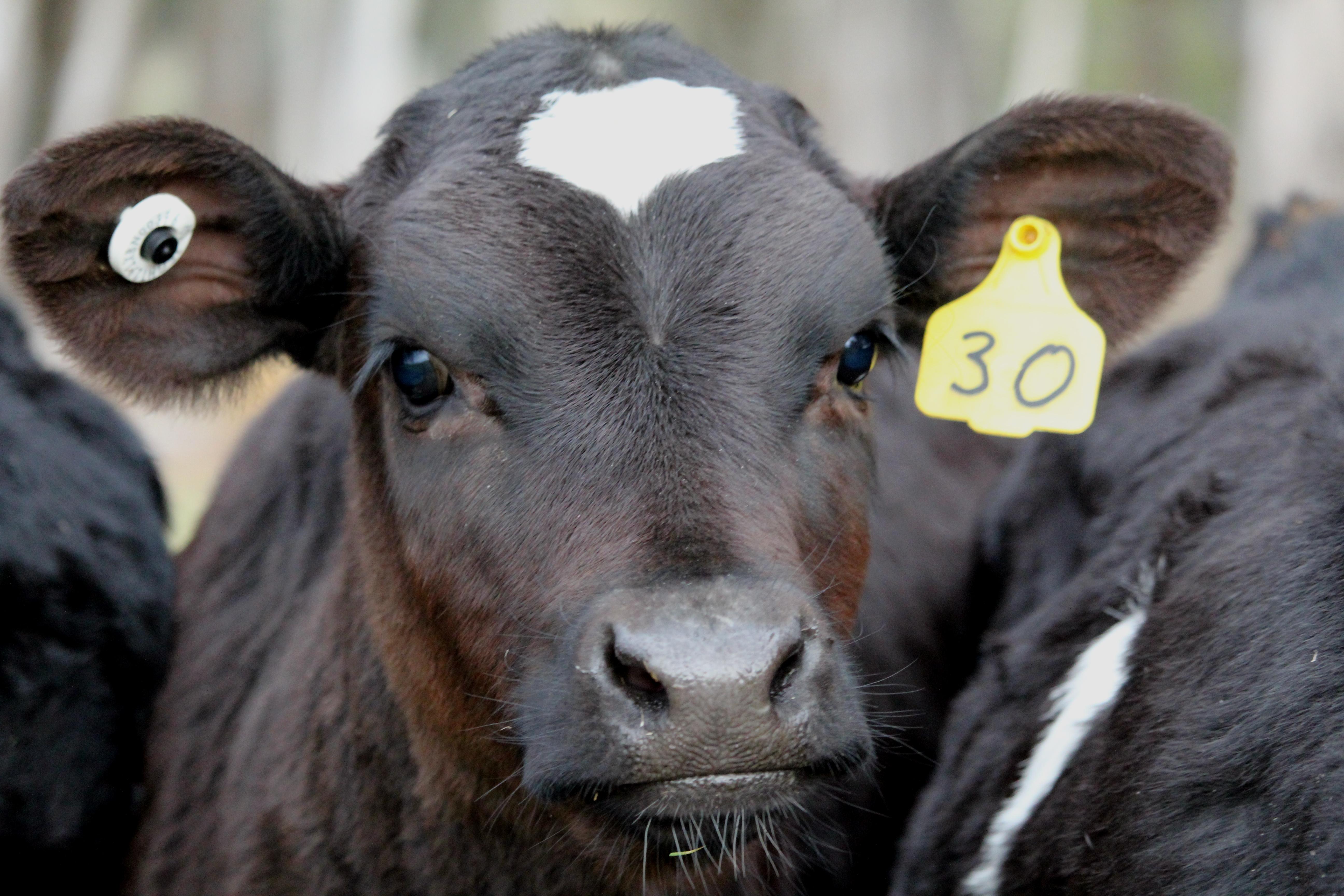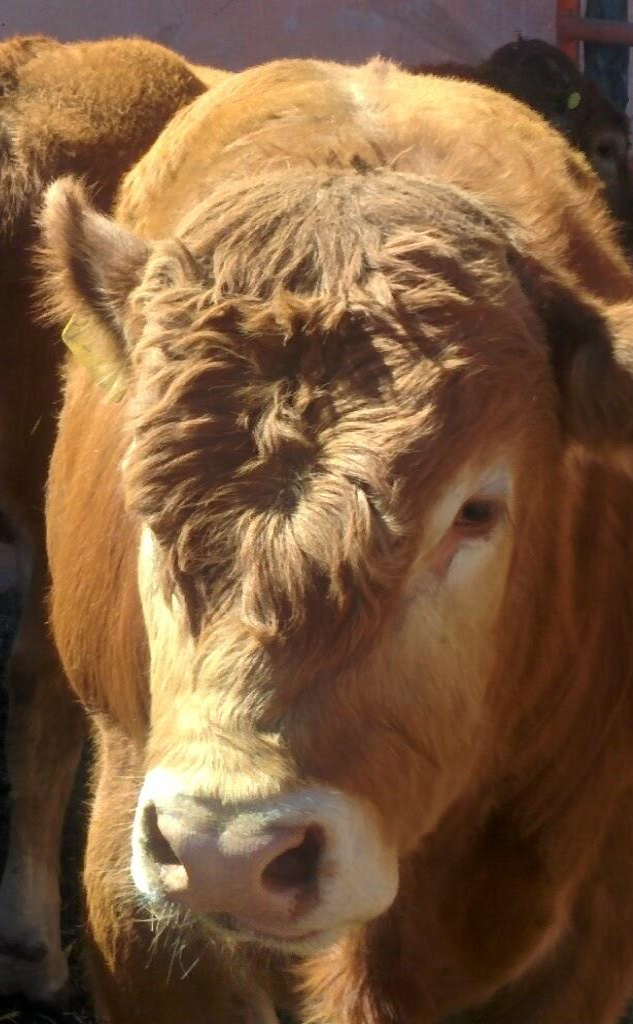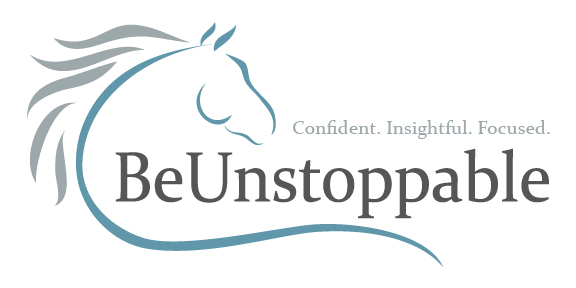Herd work in cutting, reined cow horse, ranch cutting, etc., always involves describing cattle.
There you are, walking your horse up through the cattle. You see cattle moving all around you. You’re trying to make sense of it all in the heat of the moment. Of course, you want to make the best decision possible.
Often times your helpers are talking to you about which cow to cut “if it works out” and which cow to avoid.
And then, when you combine your excited state of wanting to do the right thing (and not being sure) with listening to your helpers speak in what sounds like a foreign language, things can get a little hairy.
This is the first in a series of articles about describing cattle. My intention is to provide you with ways to decipher the lingo of your herd help.
In this article, I start by describing a cow’s head using these possible parameters: color, head shape, poll, ears, eyes, and distinguishing characteristics. I’m going to walk you through three different cow face examples. I’ll use whichever of our parameters most apply (as would your helpers).
Please know, too, that the language of cattle description is far from universal. Each helper describes cattle in their own way. Typically, however, most helpers begin by noting the breed and/or color of the cow they’re describing.

Color:
“Black baldy” … the face is all white except for the black marking under the left eye (as contrasted to multiple colors at other parts of the face, which is called “mott” or “brockle face”).
Poll:
Half white/half black … half and half “fluffy swirl”
Ears:
“Small-eared” … white in the ears (highlights) … turquoise ear tag with #1
Eyes:
Black “teardrop” (as contrasted to “rings” that encircle the entire eye) … white eyelashes … rub mark above and under the right eye

Color:
“Black mott” … medium star (referring to the size of a white shape in the forehead) or maybe heart head … also, “brown beard”
Head shape:
Small, “baby faced”
Ears:
“Airplane ears” (extend to the side) … yellow #30 tag in the left ear
Distinguishing Characteristics:
Black-nose


Can you be more specific about the content of your article? After reading it, I still have some doubts. Hope you can help me.
Thanks for sharing. I read many of your blog posts, cool, your blog is very good.
Can you be more specific about the content of your article? After reading it, I still have some doubts. Hope you can help me.
Can you be more specific about the content of your article? After reading it, I still have some doubts. Hope you can help me.
Your point of view caught my eye and was very interesting. Thanks. I have a question for you.
I love this! I have cattle, and from now on will be looking at them differently!! Great stuff!
This is very helpful. The terms used are short but very descriptive.
What happens if the herd consists of all black angus (a few had white bellies), they were the same size (small).
This is great! I’m going to pay more attention to this now.
Information on each breed behavioral characteristics; ie: Floppy ears are the devil; black baldys have multiple personalities ranging from lazy to bullfighter-material; cream colored are reincarnated racehorses…
You are making me giggle, Marsha. (((-:
Hi Barbra, information session. I need to know more about the brockling, patched face, goggle eye, solid colored and white face
Moreover, is there any scientific literature to cite for describing the face of the animals
Informative and fun!
Thanks for this! Funny story: when my friend started cutting she had no cow knowledge. The herd help told her to cut the bald faced cow. She thought to herself “these cows all have hair on their faces, none of them are bald!”